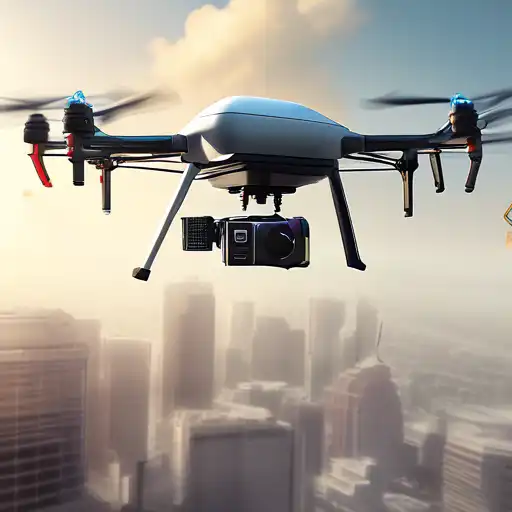The Rise of Commercial Drones
Commercial drones, also known as unmanned aerial vehicles (UAVs), have seen exponential growth in various industries. From agriculture to real estate, these flying devices are revolutionizing how businesses operate. This article delves into the opportunities they present and the regulations governing their use.
Opportunities in Various Sectors
Drones offer unparalleled advantages in several sectors. In agriculture, they are used for crop monitoring and spraying, significantly reducing labor costs and increasing efficiency. The construction industry benefits from aerial surveys and inspections, enhancing safety and project management. Meanwhile, in real estate, drones provide stunning aerial photography, giving potential buyers a unique perspective of properties.
Understanding Drone Regulations
Despite their benefits, commercial drones are subject to strict regulations to ensure safety and privacy. In the United States, the Federal Aviation Administration (FAA) requires operators to obtain a Part 107 certificate for commercial drone use. Similar regulations exist globally, emphasizing the importance of understanding local laws before deploying drones for business purposes.
Future Prospects
The future of commercial drones is bright, with advancements in technology paving the way for more innovative applications. However, as the industry grows, so does the need for comprehensive regulations to address privacy, safety, and airspace management concerns.
Getting Started with Commercial Drones
For businesses looking to integrate drones into their operations, it's crucial to start with a clear understanding of the legal requirements and potential applications. Partnering with experienced drone service providers can also help navigate the complexities of drone technology and regulations.
Commercial drones are transforming industries by offering efficient, cost-effective solutions to traditional challenges. By staying informed about the latest developments and regulations, businesses can leverage this technology to gain a competitive edge.
